
The results of ‘What’s Cooking?’ confirm further organic growth.
Acquisition in Rennes contributes immediately to the EBITDA result.
What's Cooking? inaugurates a new sustainable water recycling plant in Wommelgem and aims to reduce its water footprint per kg of product sold by 30% by 2030.
What's Cooking? which is known for its charcuterie, savoury snacks and prepared meals such as Come a casa® announced its new strategy a year ago and set itself strict targets with a science-based target for CO2 reduction by 2030. Meanwhile, the company recently committed to the internationally accepted Science Based Targets Initiative (SBTI) and reducing water consumption at its production sites is part of its sustainability strategy. The new water reuse plant in Wommelgem is a good example of this.
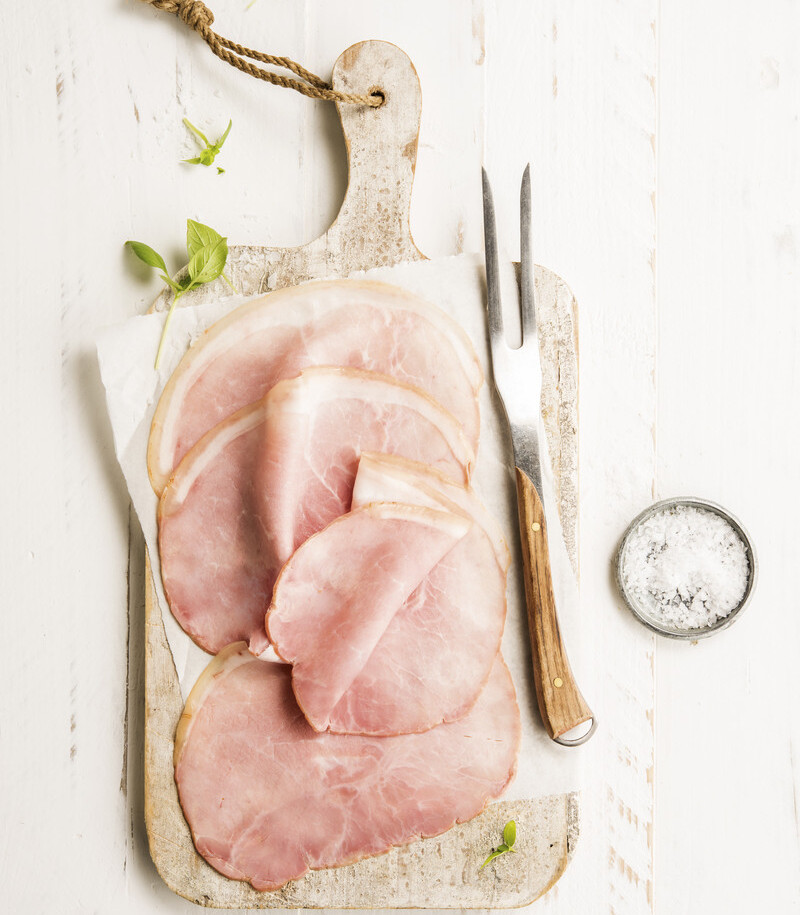
What's Cooking? strives to consider people, nature and society in every decision. For example, by 2030, What's Cooking? wants to use (pump or buy) 30% less water per kg of product sold compared to 2022 which is quite a challenge.
This innovative water reuse plant in Wommelgem is a concrete example of this, and already ensures 50% less wastewater and 50% less groundwater pumping. This easily amounts to more than 100,000 cubic meters of water per year, equivalent to the total consumption of some 1,600 households(*).
The shift towards continuously reducing the ecological impact of our production on the environment is one of the pillars we are committed to as What's Cooking? So thanks to our new water reuse plant, we are halving both our wastewater and the water we pump up for use in production
Lore Muylle - Group Sustainability Manager
Art Picavet, Plant Manager Wommelgem explains: "Thanks to the technology and expertise of our partner Eco-Vision and the good project work of our engineer Tony Lanciers, from now on we will be able to convert the waste water from the production process into drinking water. Despite the drinking water quality achieved with the new plant, for now the water will only be used for cleaning our machines. So from now on, we will use our treated wastewater in a circular way to reduce the need for groundwater for cleaning. If you think of the frequent and long periods of drought in recent years, we are certainly helping nature and the groundwater table in this way. The residual flow from the reuse plant ends up in Aquafin's plants, which in turn further process the residual water."
In time, What's Cooking? hopes to improve that figure even more - thus further reducing our impact on nature.
In food production, water is indispensable - not only for making the products but even more so for cleaning the production facilities. In all plants, wastewater is also treated before it is returned to nature. Lore Muylle: "Water management standards are very high in our production process. This is why we constantly monitor water consumption to organize it as efficiently as possible.”
What’s Cooking? continues to invest in sustainability. For example, in 2024 and 2023 the company renovated several cooling installations to further reduce its CO2 emissions. In addition, in 2023 Wommelgem already invested in an upgrade of its water treatment plant which reduced the nitrogen emissions. Earlier, Wommelgem realized a solar panel project through which it secured almost 10% of its total consumption since 2021. Moreover, several research projects on water reuse and water treatment are still ongoing within the group to achieve the group ambition.
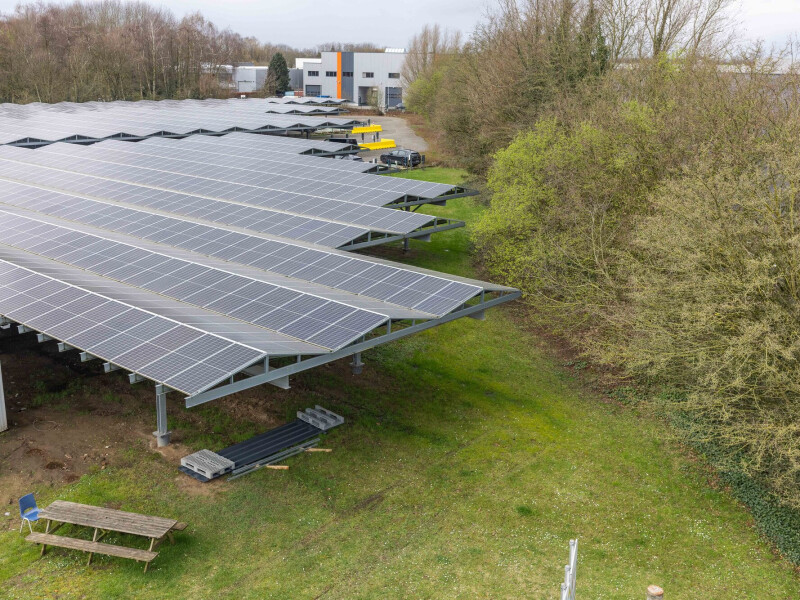
As a group, What's Cooking? will also continue its broad efforts to reduce the ecological impact of its production on the environment viz. by using fully recyclable packaging, sourcing sustainable ingredients and further supporting its customers and consumers to make sustainable choices. With more plant-based and vegetarian product innovations for savoury cold cuts and ready meals, we aim to have a lower environmental impact in terms of land, water and CO2 equivalents than more traditional products.
In addition, the company is committed to energy efficiency projects, reduced its electricity footprint by 50% and is using 100% green electricity since 2024.
CEO Piet Sanders: "We are very pleased with the concrete steps we are taking within the What's Cooking? sustainability strategy and proudly report that What's Cooking? has now also committed to SBTI's official, actionable and measurable targets as a leader within its industry - in line with the ambition of many of our customers."
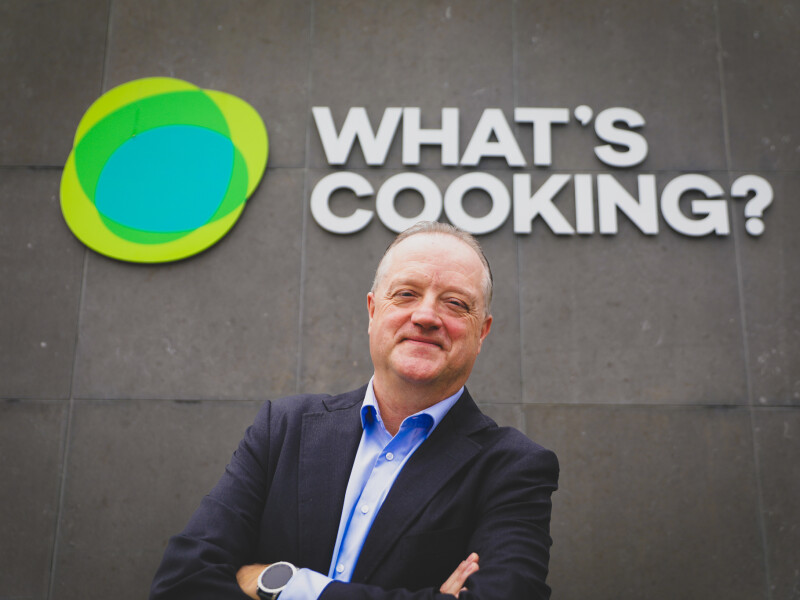
With the way the company works purposefully and fine-tunes the CO2 obligations for its products together with its customers, What's Cooking? not only pursues economic growth, but also added value for society. After all, customers and consumers rightly expect the food sector, too, to make plenty of clear choices with a view to a greener future.
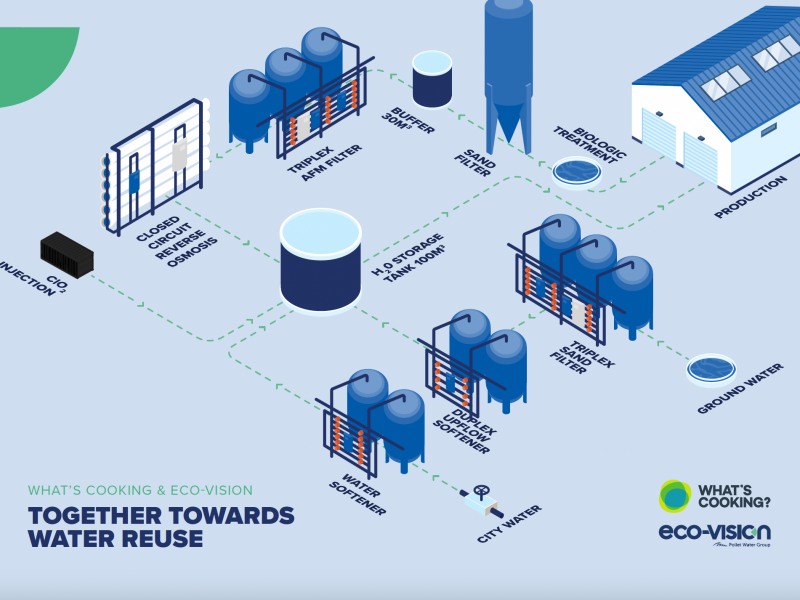

Acquisition in Rennes contributes immediately to the EBITDA result.
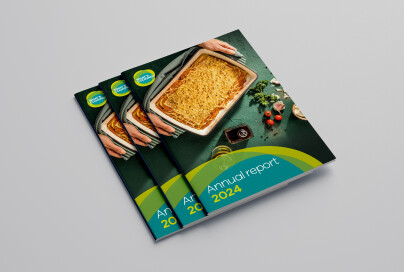
Z dumą prezentujemy nasz zupełnie nowy Zintegrowany Raport Roczny 2024 – przejrzyste podsumowanie wszystkiego, co udało nam się osiągnąć w What’s Cooking? w minionym roku, w tym nasze ambicje w zakresie zrównoważonego rozwoju oraz wyniki związane z CSRD.
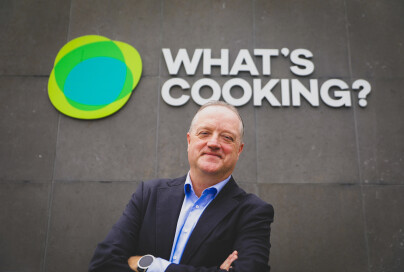
In line with expectations: Sales up 6.5%. Underlying EBITDA and EAT rise again.Refinancing debt for the next 5 years through a consortium of banks gives room for strategy execution, further investments and developments.